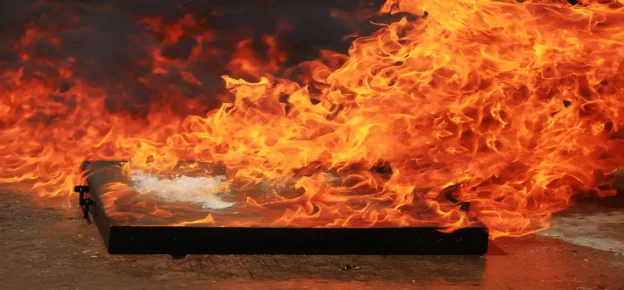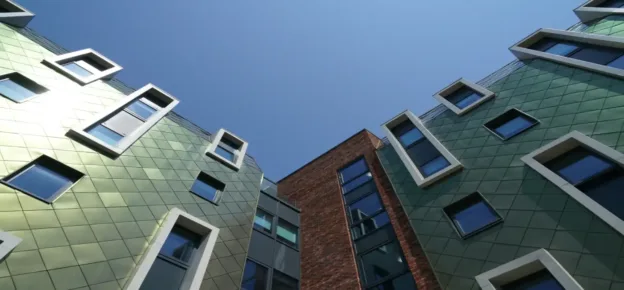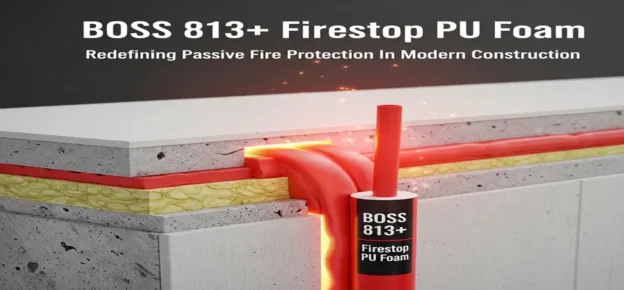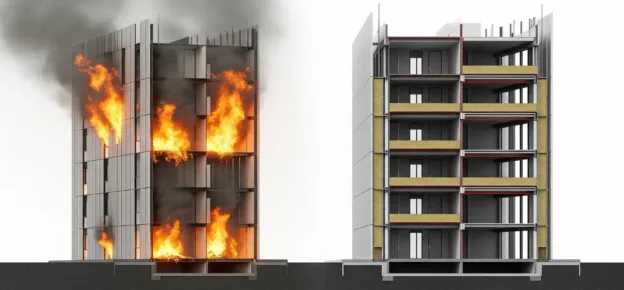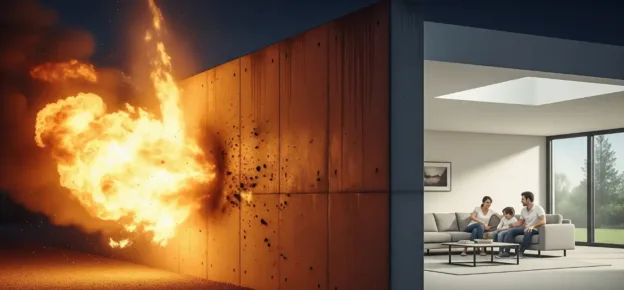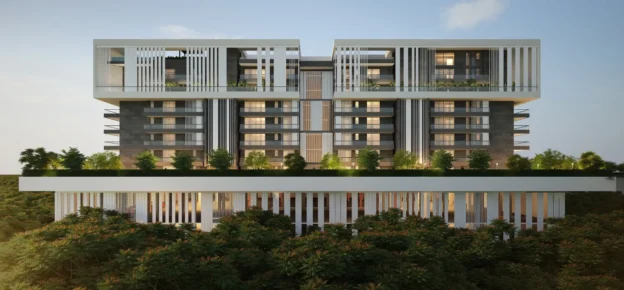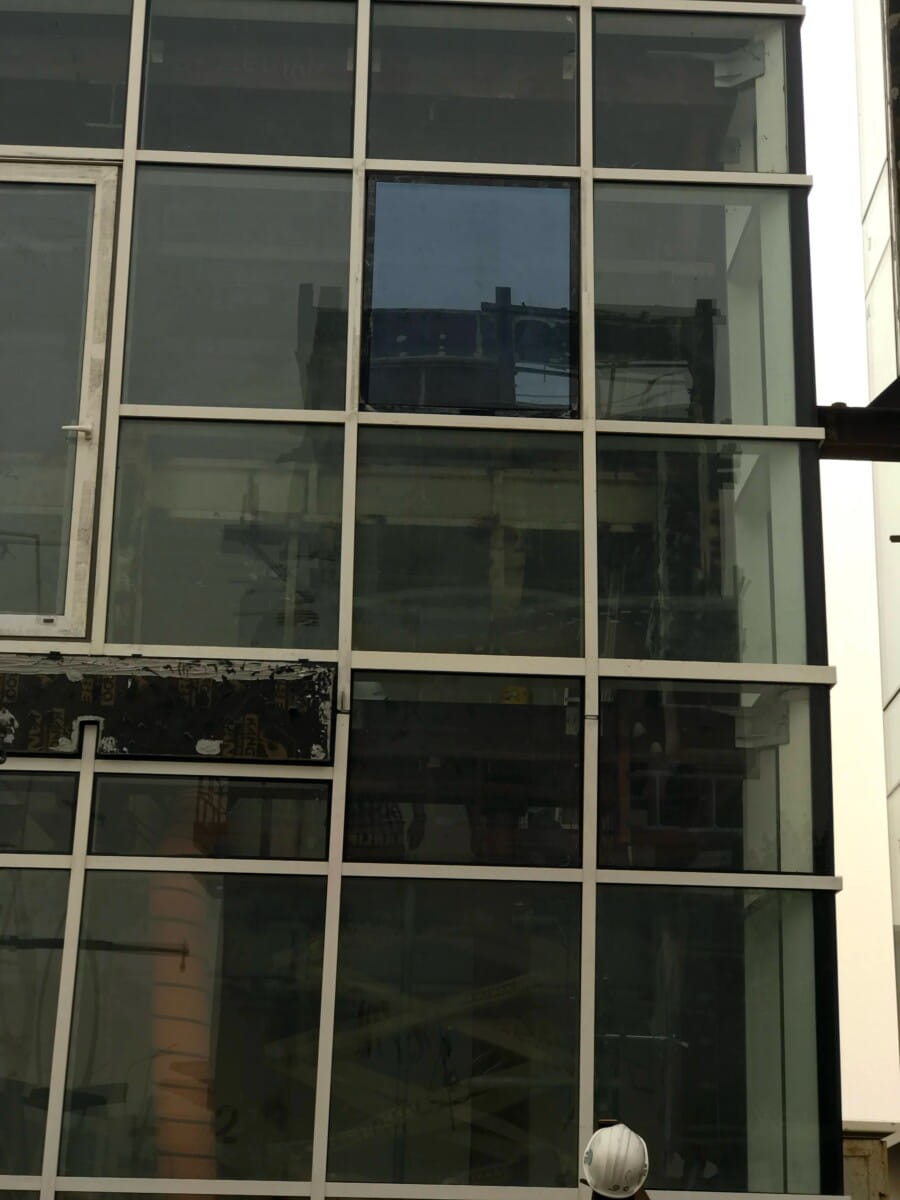
Building façades are critical elements in modern architecture, serving as the first line of defence against external environmental conditions while enhancing the aesthetic value of a structure. However, the safety of these façades is of paramount importance, as they must protect occupants and the structure itself from various risks, including climatic factors, fire hazards, and security threats. This article outlines a methodological approach for assessing the safety of building façades, focusing on standards, testing, and certification.
Importance Of Façade Safety
Façade safety is a multi-dimensional aspect involving structural integrity, fire resistance, thermal performance, and impact resistance. Inadequate design, poor material selection, or substandard installation can lead to catastrophic failures, endangering lives and causing significant property damage. Therefore, a systematic approach to safety assessment is essential.
Key Components Of Façade Safety
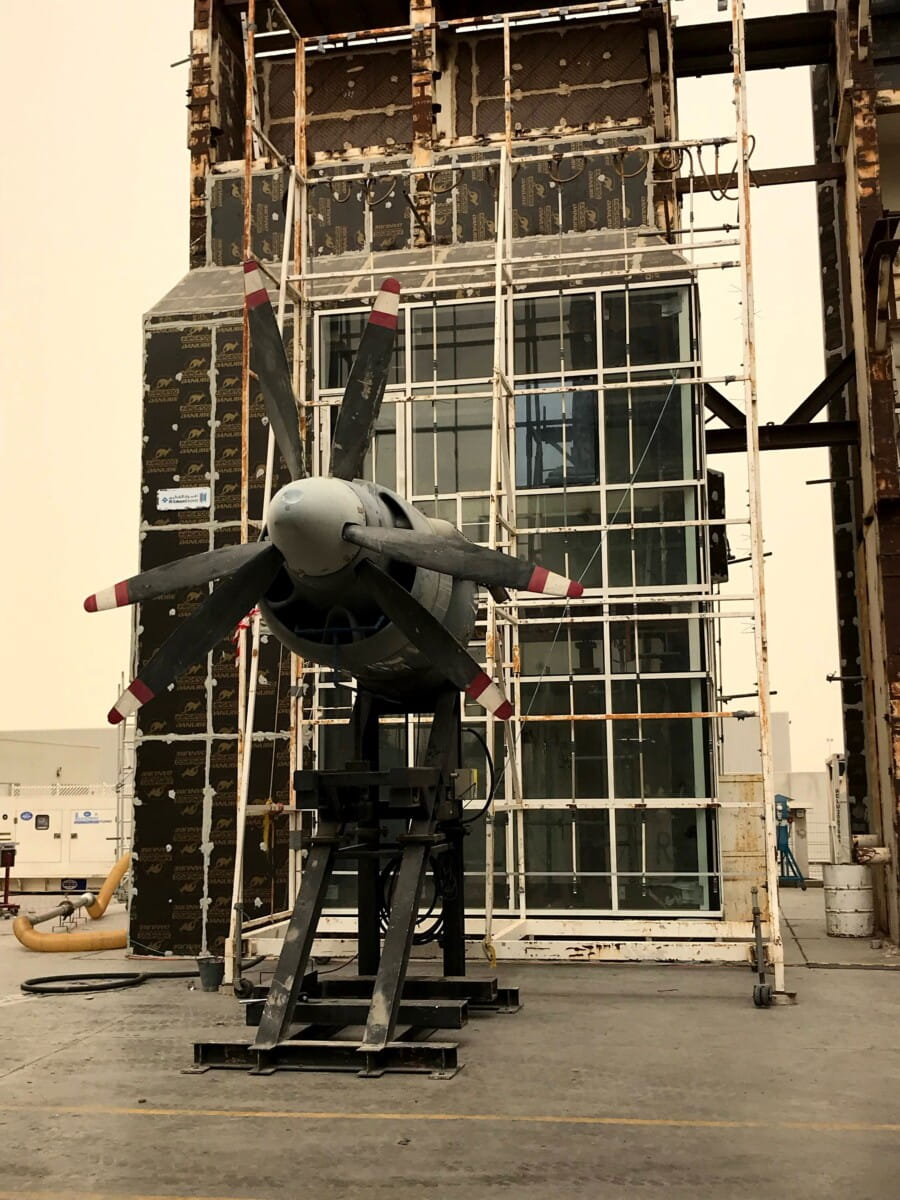
Ensuring the safety of building façades requires a careful balance of multiple factors, each playing a critical role in protecting the structure and its occupants:
- Climatic Resilience: Façades must stand strong against the elements: blistering heat, chilling winds, driving rain, and UV radiation. Selecting materials that endure these conditions without compromising performance is crucial.
- Fire Safety Excellence: Fire knows no boundaries. Façades must adhere to rigorous standards (NFPA 285, EN 13501), using non-combustible materials and integrating effective fire barriers to prevent disaster.
- Structural Integrity: A façade is not just an aesthetic skin; it must bear the forces of nature. From wind resistance (ASTM E330) to impact resistance (BS EN 12600), each component must withstand the toughest challenges.
- Thermal And Acoustic Comfort: A building should be a sanctuary. Façades must maintain indoor comfort through superior thermal performance (ASTM C1363) and keep unwanted noise at bay (ASTM E90, ISO 10140-2).
- Dynamic Performance: Whether facing seismic shifts (AAMA 501.4-09) or inter-story displacement, façades must adapt without failure, protecting occupants and maintaining performance.
- Security and Durability: Impact-resistant glazing, secure anchoring, and robust hardware ensure that the façade is a formidable barrier, standing guard over the building and its users.
These interconnected components form the backbone of a safe, high-performance façade system.
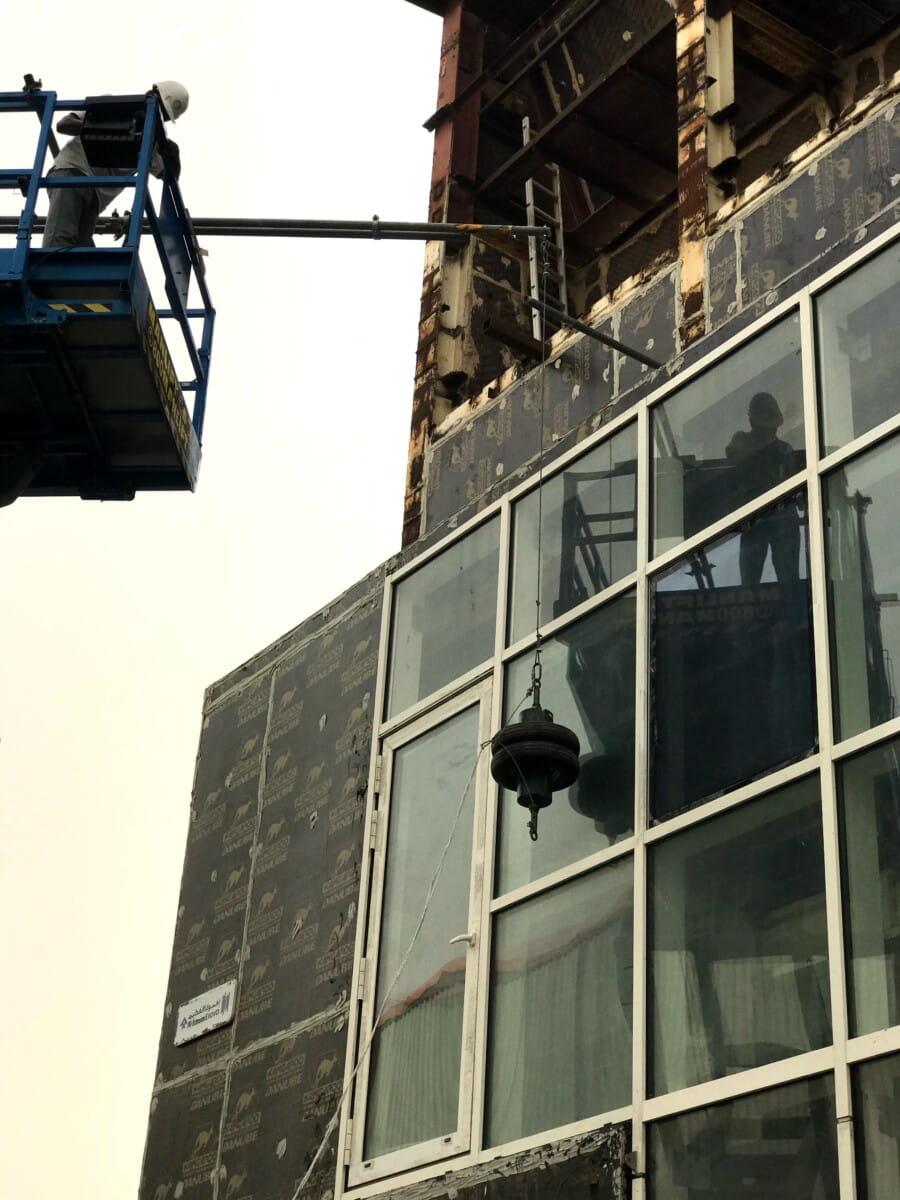
Methodological Approach For Façade Safety Assessment
- Thorough Design Review: Every safe façade begins with a solid design. This means scrutinising architectural plans, selecting robust materials, and ensuring every detail aligns with international safety standards.
- Rigorous Material Testing And Certification: A façade is only as good as the materials it is made from. Accredited labs must test materials for fire resistance, impact strength, weather resistance, and more, earning their place in the final design.
- Meticulous Installation Verification: Precision matters. On-site inspections ensure that the façade is installed exactly as designed, with random sampling of installed components for quality assurance.
- Proactive Maintenance And Re-Assessment: A façade is a living system; it must be maintained. Periodic inspections and reassessments, especially after severe weather events, keep it performing at its best.
Conclusion
Assessing the safety of building façades requires a comprehensive approach that considers climatic factors, fire safety, structural integrity, and security. By following a systematic methodology, building owners and designers can ensure that façades provide the necessary protection and performance over their lifespan.




